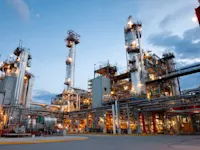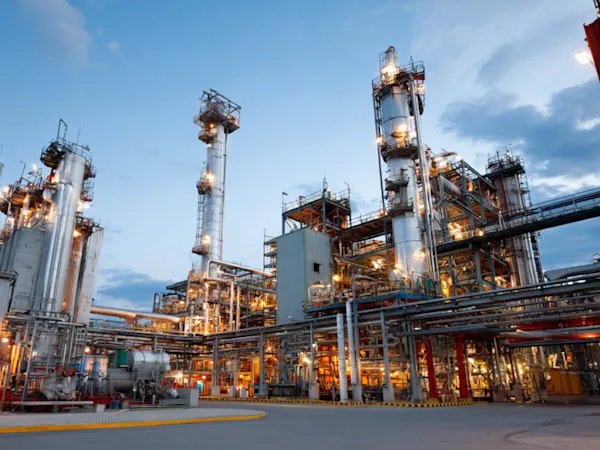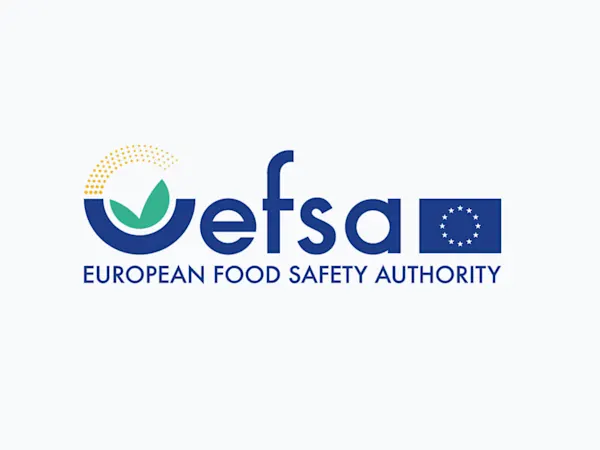
Illinois to Ban Nonbiodegradable Plastic Glitter in Personal Care Products by 2029
Illinois will prohibit nonbiodegradable plastic glitter in personal care products by 2029, impacting manufacturers, retailers, and regulators alike.


The U.S. Environmental Protection Agency (EPA) has unveiled significant updates to its Safer Choice and Design for the Environment (DfE) standards, aimed at enhancing the transparency and accessibility of its certification criteria for safer products. These changes, highlighted in green in the revised document, reflect the agency's ongoing commitment to promoting safer chemical formulations and sustainable practices in the cleaning product industry.
The Safer Choice and DfE programmes, renowned for their rigorous standards in product safety and environmental protection, have undergone multiple revisions since their inception. The August 2024 updates focus on several key areas to ensure products meet the highest safety and environmental standards:
The August 2024 updates also place a significant focus on identifying and mitigating the use of substances of concern, including per- and polyfluoroalkyl substances (PFAS) and other potentially hazardous chemicals. PFAS, often referred to as 'forever chemicals' due to their persistence in the environment, are under increased scrutiny for their potential health impacts. The EPA's revised criteria now include stringent evaluation processes to minimise or eliminate the use of such substances in certified products.
The Safer Choice programme continues to advocate for informed substitution, encouraging the transition from chemicals of concern to safer alternatives. The updated standards also introduce voluntary guidelines for lifecycle considerations, such as reducing carbon-based energy consumption and enhancing packaging sustainability. These guidelines align with broader environmental goals, promoting continuous improvement and innovation in product formulation and manufacturing processes.
The August 2024 revisions are part of the EPA's ongoing efforts to advance environmental protection through collaboration with industry stakeholders, environmental groups, and scientific experts. By setting stringent criteria and promoting best practices, the Safer Choice and DfE programmes aim to reduce the environmental impact of cleaning products and safeguard human health.
Foresight continuously tracks 1000s of sources and maps updates to your portfolio:




Illinois will prohibit nonbiodegradable plastic glitter in personal care products by 2029, impacting manufacturers, retailers, and regulators alike.

ChemSec updates the SIN List with neurotoxicants, spotlighting brain-damaging chemicals and urging EU regulators to act swiftly on these hidden threats.

EFSA launches consultation on updating its Weight of Evidence and Biological Relevance guidance, aiming to streamline chemical risk assessment practices.
Subscribe to Foresight Weekly and get the latest insights on regulatory changes affecting chemical compliance.
Free forever. Unsubscribe anytime.
Read by professionals at